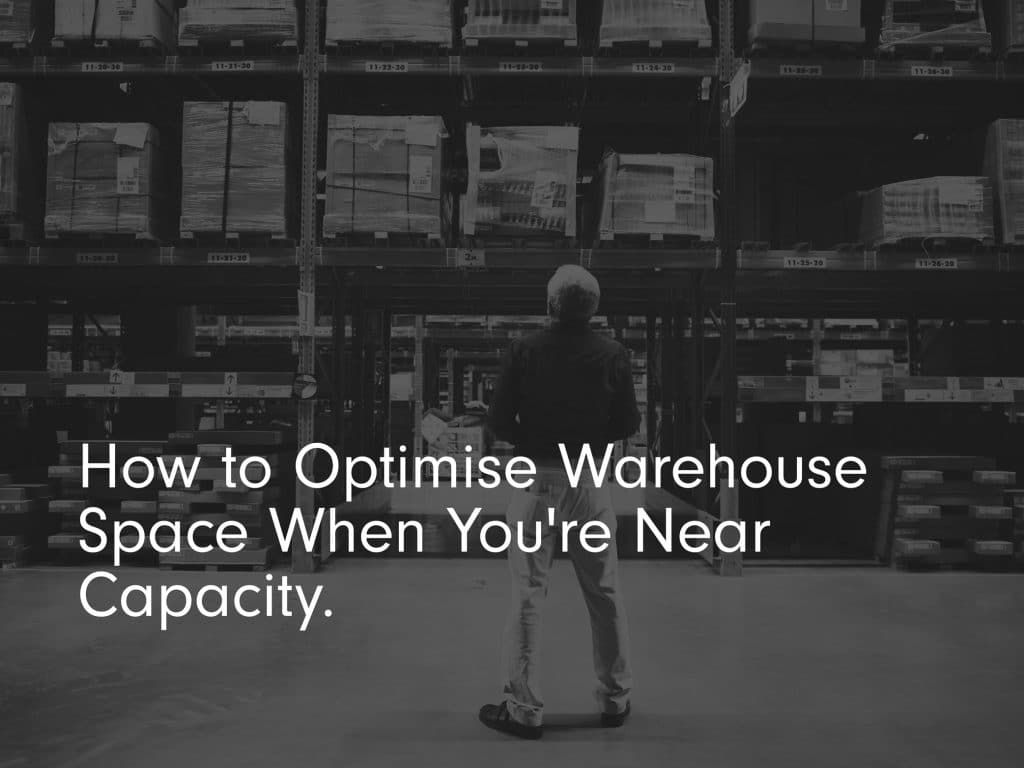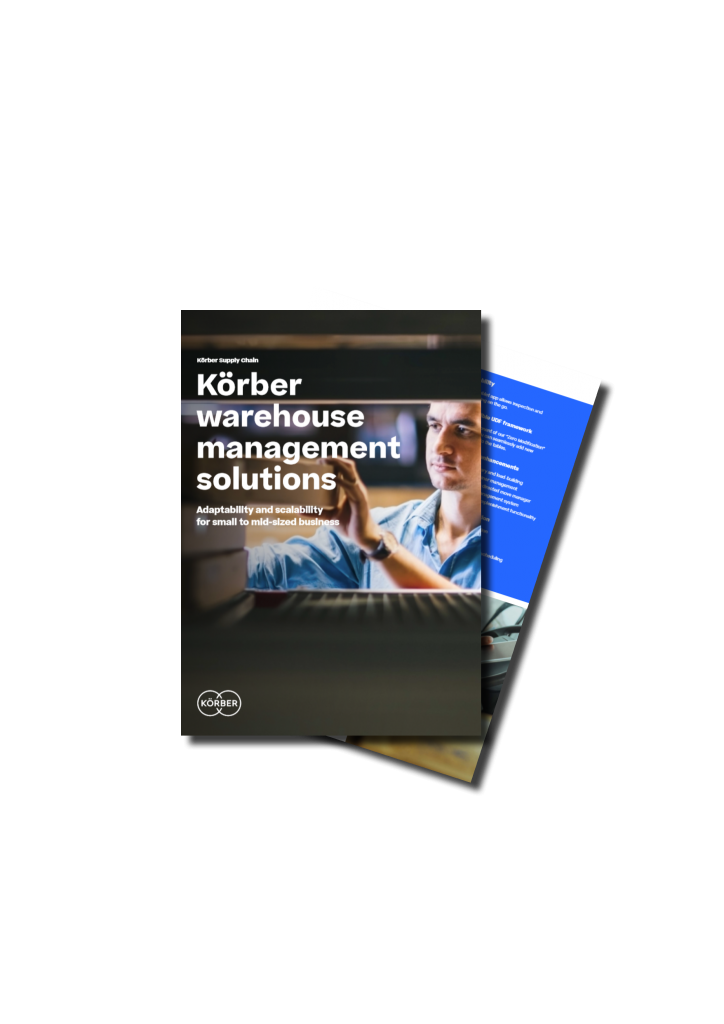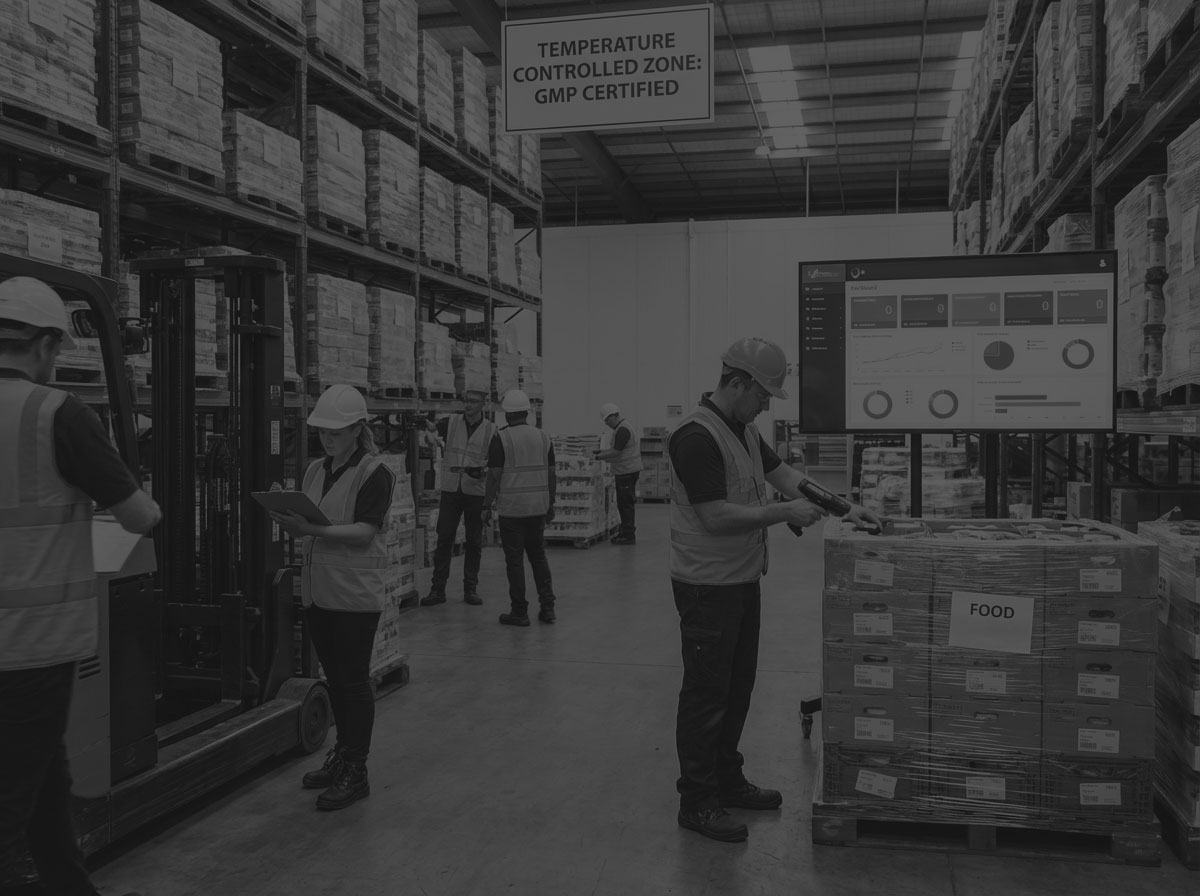How to Optimise Warehouse Space When You're Near Capacity.

For warehouse managers and operations directors, hitting maximum capacity is both a sign of business growth and a significant operational challenge. If your aisles are crowded, inventory is difficult to manage, and every available inch feels overused, you’re not alone. The global surge in e-commerce and supply chain complexities have pushed many businesses into the realm of space constraints, forcing warehouse teams to rethink their strategies.
Optimising your current warehouse space can unlock hidden efficiency, support your scaling operations, and save money. This blog will explore the true challenges of limited space and actionable strategies for maximising every square metre of your warehouse.
Want more like this?
Download our free guide now.

Understanding the True Cost of Limited Space.
Operating at or near maximum capacity in a warehouse has far-reaching consequences. Here’s why space constraints can be costly:
1. Higher Storage Costs
When floor space is premium, you may find yourself resorting to temporary solutions such as off-site storage or overflow facilities. These options come with added expenses including transportation and rental fees, increasing your overall overhead.
2. Inefficient Inventory Management
Piled-up stock and poor warehouse layout often result in misplaced items or prolonged retrieval times. This makes inventory tracking more complex, leading to inefficiencies that can delay order fulfilment.
3. Labour Challenges
With longer travel times around the warehouse and more densely packed inventory, your staff must work harder to pick orders, ultimately driving up labour costs. Meanwhile, worker morale can drop when warehouse operations become cluttered and chaotic.
4. Scaling Limitations
With no room to expand, your ability to scale operations becomes limited. This can hold your business back from taking on larger orders or increasing your SKU range.
Addressing these challenges means finding creative, sustainable solutions that maximise warehouse space efficiently. Below, we’ll cover how to do exactly that.

Strategies for Optimising Warehouse Space.
1. Invest in Vertical Storage Solutions
When floor space is crowded, it’s time to look up! Installing high-bay racking systems can dramatically expand your storage capacity without increasing your warehouse footprint. Vertical shelving allows you to store more products while still keeping the ground level open for operational movement.
Pro Tip: Consider pallet flow racking systems or cantilever racks for storing heavier or irregularly shaped items.
2. Optimise Warehouse Layout Design
A poorly planned layout can waste precious metres of space. Redesigning your layout with strategic placement of shelves, workstations, and paths can reduce travel times and increase efficiency.
Key recommendations for layout improvement include:
- Implementing a U-shaped or cross-dock layout where feasible.
- Designing wider, straight aisles for faster movement.
- Creating dedicated zones for high-demand SKUs close to shipping areas to speed up picking.
3. Implement Efficient Inventory Management Practices
Knowing what you have and where it’s located is critical when space is tight. Adopting a structured inventory management system can reduce redundant stock and improve your overall warehouse efficiency.
Consider the following techniques:
- ABC Analysis: Organise products based on popularity. Place high-demand items (A-class) in easily accessible locations.
- Real-time Tracking: Invest in SaaS-based systems that provide real-time updates on stock levels and movements to ensure effective inventory management.
- Just-in-Time (JIT) Inventory: By closely managing supply timelines, you reduce the amount of stock you need to store at any given time.

Technology Integration with Körber Solutions.
Why Choose Körber?
Körber’s WMS services is designed for small- to mid-sized businesses, offering flexible and scalable options. By integrating Körber technology, businesses can:
- Customise Workflows: Allowing the flexibility to adjust functionality to suit your warehouse’s unique requirements without extensive coding.
- Automate Processes: Save time and space with directed put-away systems, barcode-supported picking styles, and containerisation.
- Enhance Visibility: Use advanced reporting tools to track KPIs and identify spaces where storage efficiency can be improved.
- Seamless Integration: Körber’s WMS integrates with popular ERP systems like SAP and Microsoft Dynamics, simplifying tech adoption.
Key Features
- Dynamic Storage Management: Maximise vertical and horizontal space with AI-driven put-away suggestions.
- Cloud Training and Support: Equip your team with the skills to use Körber’s WMS through easy-to-access e-learning modules.
- Modular Approach: Scale features like multi-carrier shipping, labelling, or scheduling as your business grows.
Körber’s WMS has helped companies manage bonded storage warehouse requirements, streamline operations, and reduce overhead costs.

The Key to Unlocking Space Efficiency.
Warehouse space is becoming increasingly expensive and scarce. However, by investing in high-density storage, optimising layout design, streamlining inventory management, and integrating warehouse management technologies like Körber’s WMS, businesses can turn space constraints into growth opportunities.
Leveraging these approaches not only improves operational efficiency but also drives profitability by reducing excess costs and labour inefficiencies. Think of your warehouse as a strategic tool for competitiveness rather than just a storage solution.
If your warehouse is straining to meet capacity, now is the time to implement strategies and systems for sustainable growth. Speak to our experts today to discover how Körber can help you maximise your warehouse potential.
Download our free guide now.






